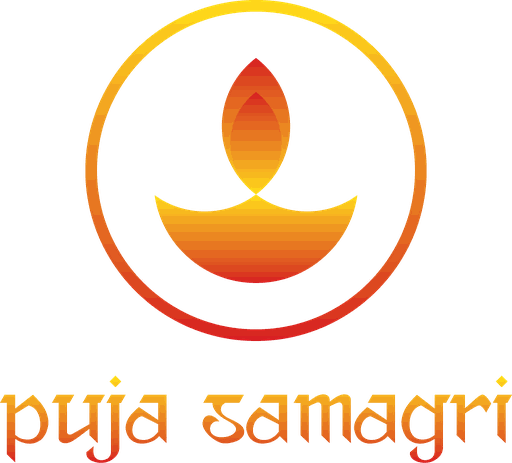Bunga Dyah or Rato Machindranath Jatra
Rato Machindranath Jatra or the Bunga Dyah Jatra is one of the greatest religious events in the city of Patan and the longest chariot festival celebrated in the country. Buṅga Dyaḥ, also known as Avalokitesvara Karunamaya and Rato Machhindranāth, is revered as the giver of rain. The name Rato Machhendranath means Red Machhendranath in a reference to the color of the deity's image.
According to legends, Rato Machindranath Jatra is a celebration which once rescued Kathmandu Valley of severe drought. It is believed that Guru Gorakhnath had visited Patan in the Medieval days and as no one had recognized him, he had become upset and captured the serpents responsible for rain. He took them to Kathmandu to store them and then started to meditate. A drought followed in Patan. King Narendra Dev’s advisors told him to bring Machindranath from Assam, India to Patan, as Machindranath was the teacher of Guru Gorakhnath.
When the Guru knew that his teacher had come to Patan, he immediately released all the serpents and then a huge rain followed the return of the serpents. The tradition of pulling the Rato Machindranath chariot was thus started in 879 AD by king Narendra Dev to honor Rato Machindranath.
Rato Machindranath Jatra is celebrated with a month-long chariot procession. A chariot with an approximate height of 60 feet is constructed at Pulchowk to mark the beginning of the festival and is decorated with all kinds of garlands and other decorations. When the chariot is complete, the idol of Rato Machindranath is transferred from his temple. Another smaller chariot also accompanies Rato Machindranath which is known as ‘Mimnath’. Revellers then drag the chariots through the streets of Lalitpur through Natole, Gabahal, Mangal Bazaar, Sundhara, Lagankhel, Kumaripati then finally to rest at Jawalakhel. Bhoto Jatra is celebrated a few days after the chariot reaches Jawalakhel. The living goddess Kumari of Patan also arrives at Jawalakhel to observe Bhoto Jatra and she watches the ceremony from a special rest house. After the festival is over, the chariot is dismantled and Rato Machindranath is taken to a temple in Bungamati, known as the second home of the rain god. The deity spends the next six months in that temple.
Bhoto Jatra
Another legend, about a bhoto (vest) which belonged to Karakat Nagraj (the king of all serpents) is associated with the celebration of Rato Machindranath Jatra. There are many myths and stories and their variations related to the bhoto of Karakat Nagraj. One of such myths is that the wife of Karakat Nagraj had an eye ailment which could not be cured even with lots of medicines. One day, a farmer (Jyapu) came and said that he could heal her eye problem. He rubbed his body with his hands and then he collected the dirt and put it in the eyes of Nagraj’s wife. His wife was instantly cured and he gifted the farmer with a Bhoto out of generosity.
The Bhoto was studded in diamonds and other jewels. The farmer was proud of it and used to wear this precious bhoto every day. One day while he was working on his field, he took off the bhoto because he felt very hot. But after finishing his work, he could not find his bhoto. He went to search for it and found that a Lakhe (demon in Newar folklore) was wearing it. They had a quarrel regarding the ownership of the bhoto. After a long argument, when they didn’t come to a conclusion they decided to offer the bhoto to Machindranath and take it back after they have enough proof to rightfully claim the bhoto. So every year, the Bhoto Jatra is observed by the public showing of this bhoto in the hopes that the rightful owner will come forward with conclusive proof. It is believed that Karkat Najraj is also present during the bhoto jatra because the bhoto actually belongs to him.

